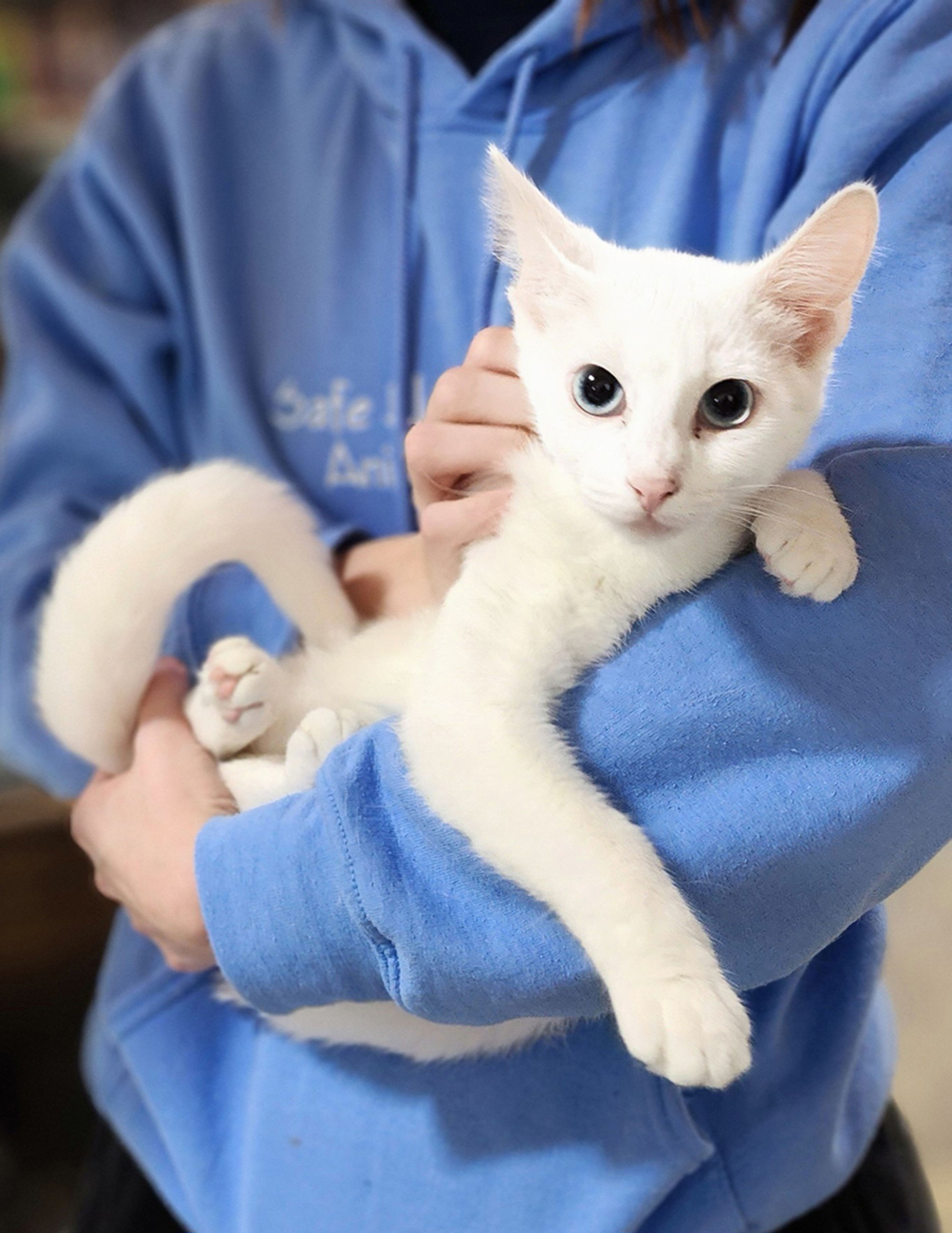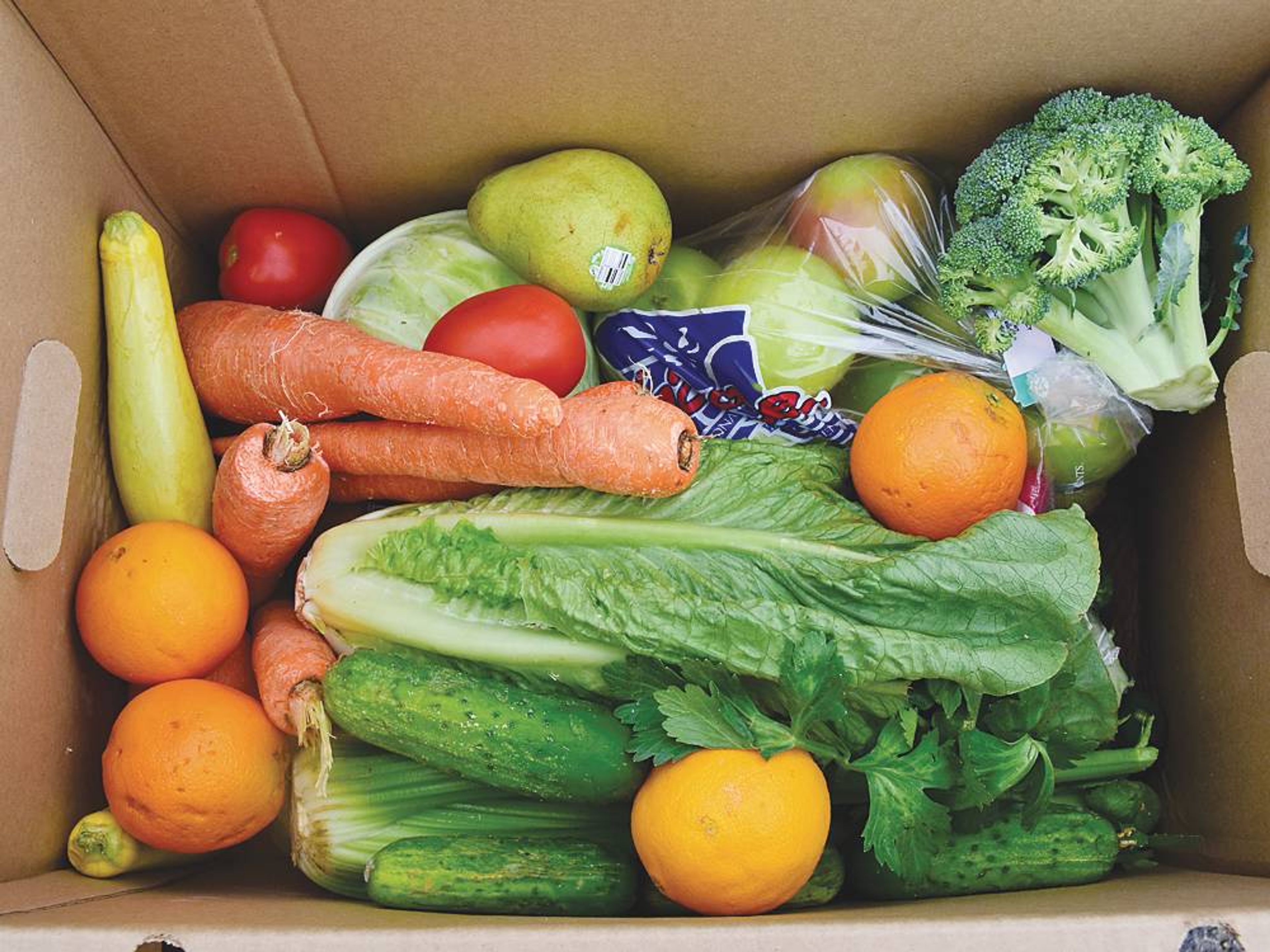LADY BUG: VALENTINE'S DAY IS A TIME FOR LOVE AND FLOWERS
February is the month for lovers, mothers and children. Valentine's Day is the day most commemorated by the sending of flowers to show love, friendship and caring. The traditional Valentine's Day gift of candy may be losing popularity these days, considering the current emphasis on health and fitness. But flowers never go out of style...
February is the month for lovers, mothers and children.
Valentine's Day is the day most commemorated by the sending of flowers to show love, friendship and caring.
The traditional Valentine's Day gift of candy may be losing popularity these days, considering the current emphasis on health and fitness. But flowers never go out of style.
In fact, it has been observed that there is an increased interest in flowering plants as a special expression of caring. Each time a plant blooms, the gift conveys the feeling of loving and caring.
Select plants are based on the individual's particular interest and preference. Home gardeners would be interested in receiving new varieties and new introductions. A new homeowner may want to start a garden, an apartment dweller may be planning a container garden for the patio or an herb for the kitchen window.
For those who prefer bulb flowers, pick up a pot of some that are "forced" into early bloom, and these may be planted outside in the garden, remembering that they may not bloom this year (or bloom poorly), but should return to normal bloom the following season.
The shape of heart has long been the symbol of love on Valentine's Day. Hearts do not have to be made of paper or cardboard. Many plants produce heart-shaped leaves that make suitable emblems of love.
One of the best known, and easiest grown, is the heart leaf philodendron. This vining plant produces abundant green or variegated leaves with perfect heart shapes.
For those who want red or white flowers, but also like the idea of a plant with heart shaped leaves, cyclamen makes a perfect gift. Given a good location, a cyclamen plant should flower several months and for years to come.
Anthurium may be purchased in red or white. Sometimes called "wax-flowers," these glossy, leathery flowers are grown in Hawaii. Native to Colombia, South America, anthuriums are less satisfactory as house plants but make an excellent greenhouse plant.
Bright azaleas grow in red, white, pink or bicolors, but remember that most are not hardy if planted outside. Buy plants covered with flower buds ready to open and they will bring cheer to the recipient for weeks to come.
Fancy caladiums are grown for their fancy foliage in red, pink, white and green and also with bicolor leaves. These fancy-leafed plants will thrive outside in the shade in summer.
Calceolaris or pocketbook plant is related to the snapdragon. Started from seed, the pocketbook-like flowers cover the plant in oranges, yellows or reds for an interesting combination.
These are just a few suggestions to brighten someone's home on Valentine's Day.
During the 17th and 18th centuries the language of flowers reached its peak. It was a form of secret correspondence between men and women. Each bouquet had its own special significance.
We all know that a red rose is a symbol of love, but few know that a pink rose is the symbol of perfect happiness, the white rose, innocence, and the yellow rose of jealousy.
A red carnation implies admiration and the yellow carnation is a definite sign of rejection. A zinnia tells absent friends that you are thinking of them, while a chrysanthemum notes cheerfulness.
Prior to our move this fall, there were many books on the symbolism of flowers in our garden library, but it has been impossible to find even one now. All gone, gone.
We'd run across this story of the first Valentine.
When Esther Howland, a young woman from Mount Holyoke Seminary, went to work in her father's bookstore, in Worcester, Mass., in 1848, she discovered some fancy valentines that he had been imported from Europe. They delighted her, but she decided she could make even prettier "love missives" than the imported ones.
Esther cut paper lace designs from envelopes and pasted them on an ordinary sheet of paper. Then she added several colored pictures and scalloped the edges. One of her brothers, who had beautiful writing inscribed various love poems on them.
Another of her brothers took several of her "homemade" valentines to Boston and New York to sell them. When he came home he had orders for several thousand cards. Esther had to work very hard to fill the orders. The next year, Esther added satin, feathers and other novelties to her cards and her sales doubled. She hired other members of her family and some of her friends to help her meet the demands. Her creations were very popular. She sold her business in 1880, making thousands of people very happy and herself very rich.
~Mary Blue is an avid gardener and resident of Cape Girardeau.
Connect with the Southeast Missourian Newsroom:
For corrections to this story or other insights for the editor, click here. To submit a letter to the editor, click here. To learn about the Southeast Missourian’s AI Policy, click here.









